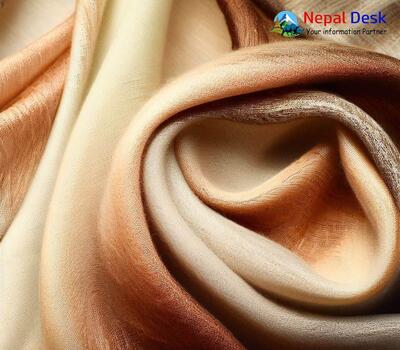Nepal has a rich tradition of textile and garment production, with a diverse range of fabrics and techniques unique to the region. The country's textiles are primarily made from natural fibers such as cotton, silk, and wool. Handloom weaving is a traditional craft in Nepal, and many rural communities still practice it. The textile industry is an important contributor to Nepal's economy, employing a significant portion of the population.
However, the export of Nepalese garments and textiles is relatively small compared to other industries. According to the World Bank, Nepal's exports of clothing and textiles were worth around $157 million in 2019. This represents just 1.1% of Nepal's total exports.
There are, however, opportunities for the Nepalese garment and textile industry to grow and expand its exports. Nepal has preferential access to several international markets, including the United States and the European Union. The country also benefits from the Generalized System of Preferences (GSP) scheme, which allows certain products to be imported into developed countries at lower or zero tariffs.
In addition, Nepal has a strong reputation for producing high-quality handmade textiles and garments. There is a growing demand for sustainable and ethically-made clothing, and Nepal is well-positioned to meet this demand. The country's textile and garment industry could benefit from increased investment in modern machinery, as well as from improved training and infrastructure.
Overall, while the Nepalese garment and textile industry faces challenges, there are opportunities for growth and expansion. With the right investment and support, this industry could become a more significant contributor to Nepal's economy and provide employment opportunities for many Nepalese workers.

